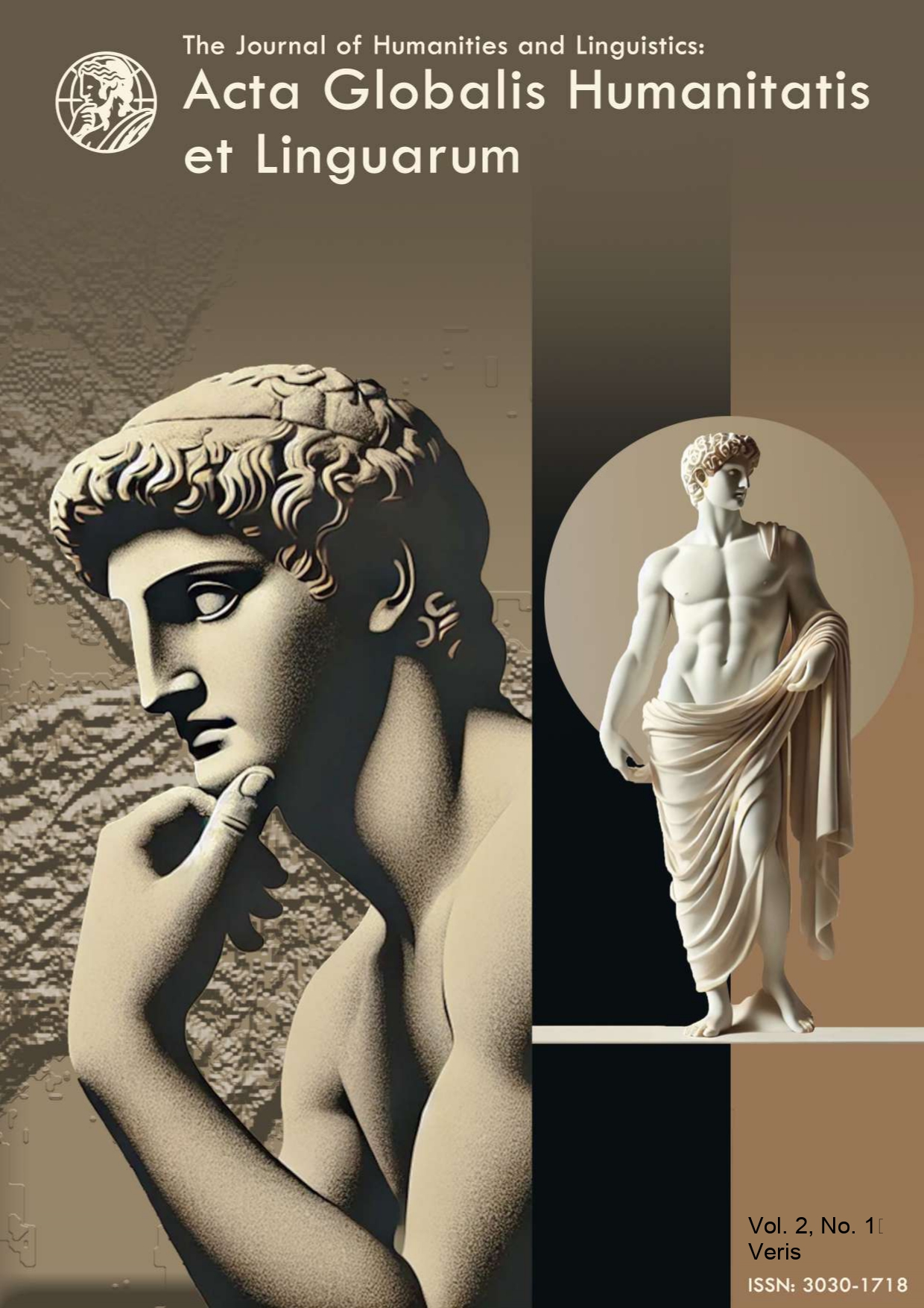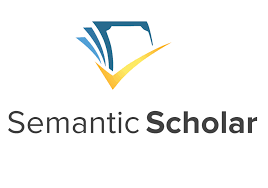Translating the Public Sphere: Analyzing Linguistic and Cultural Dimensions in Publicistic Texts
DOI:
https://doi.org/10.69760/aghel.02500126Keywords:
Publicistic Texts, Translation, Figurative Language, Cultural Adaptation, Idiomatic Expressions, Intercultural CommunicationAbstract
This study explores the challenges and strategies involved in translating publicistic texts, which are characterized by their rich use of figurative language, complex syntactic structures, and culturally specific references. Publicistic texts play a critical role in shaping public discourse by conveying ideological and social narratives; however, their translation requires more than a literal rendering. Drawing on theories of figurative language (Glucksberg & McGlone, 2001) and intercultural communication (Iriye, 1979; Kulikova et al., 2017), the research examines how translators navigate linguistic complexities—such as idiomatic expressions and non-standard syntactic forms—while also adapting culturally embedded elements for target audiences. Employing a qualitative methodology that integrates comparative discourse and content analyses of selected texts and their translations, the study identifies common translation strategies, including domestication and the use of explanatory notes, as well as the inherent tensions between fidelity to the source and cultural adaptation. The findings underscore the translator’s role as an active mediator who shapes the final text, influencing its ideological and cultural impact. This research contributes to translation studies by offering insights into the effective handling of linguistic and cultural nuances in the public sphere, with implications for both academic practice and professional training.
References
Glucksberg, S., & McGlone, M. S. (2001). Understanding figurative language: From metaphor to idioms (No. 36). Oxford University Press.
Iriye, A. (1979). Culture and power: international relations as intercultural relations. Diplomatic History, 3(2), 115-128.
Kulikova, E. G., Kuznetsova, A. V., Zayats, P. V., & Sarkisiyants, V. R. (2017). Russian language in the intercultural communication space: modern problem paradigm. International Journal of Applied Linguistics and English Literature, 6(1), 169-177.
Makkai, A. (2013). Idiom structure in English (Vol. 48). Walter de Gruyter.
Modrea, A. (2004). Ideology, subversion and the translator's voice: A comparative analysis of the French and English translations of Guillermo Cabrera Infante's Tres Tristes Tigres (Doctoral dissertation, University of Ottawa (Canada)).
Morin, J. F., Allan, J., & Jinnah, S. (2024). The survival of the weakest: the echo of the Rio Summit principles in environmental treaties. Environmental Politics, 33(3), 486-507.
Nurgul, I., Eleonora, S., & Yuliya, K. (2014). Language Purism and Cross-Cultural Penetration of Gastronomic Lexicon into the Kazakh Language. Procedia-Social and Behavioral Sciences, 112, 451-456.
Ponomareva, A. (2018). Translation methods and the notion of the translator's visibility: evaluating the latest translations of Alexander Pushkin's" Eugene Onegin" into English (Doctoral dissertation, UCL (University College London)).
Pushkin, A. S. Proverbs and sayings in Russian and English literature. Proverbs, sayings, poems about books and reading Classic literature and the human in Russian people.
Raman, B. (2012). Document Raj: Writing and scribes in early colonial South India. University of Chicago Press.
Razzaq, N. (2023). Language, Globalization, and Faith: How World Religions Communicate in a Postmodern Era. Al-Milal: Journal of Religion and Thought, 5(2), 1-21.
Romanovska, A. (2021). Regional Identity and Multiculturalism: the Baltic Germans of Latgale in the Early 20th Century Latvian Literature. Respectus Philologicus, (40 (45)), 74-85.
Roza, V., Melani, M., & Zulfahmi, M. R. Y. (2024). Cross-Cultural Echoes: Exploring Cultural Nuance through Student Translation Practices. Elsya: Journal of English Language Studies, 6(3), 265-277.
Downloads
Published
Issue
Section
License
Copyright (c) 2025 Acta Globalis Humanitatis et Linguarum

This work is licensed under a Creative Commons Attribution-NonCommercial 4.0 International License.







